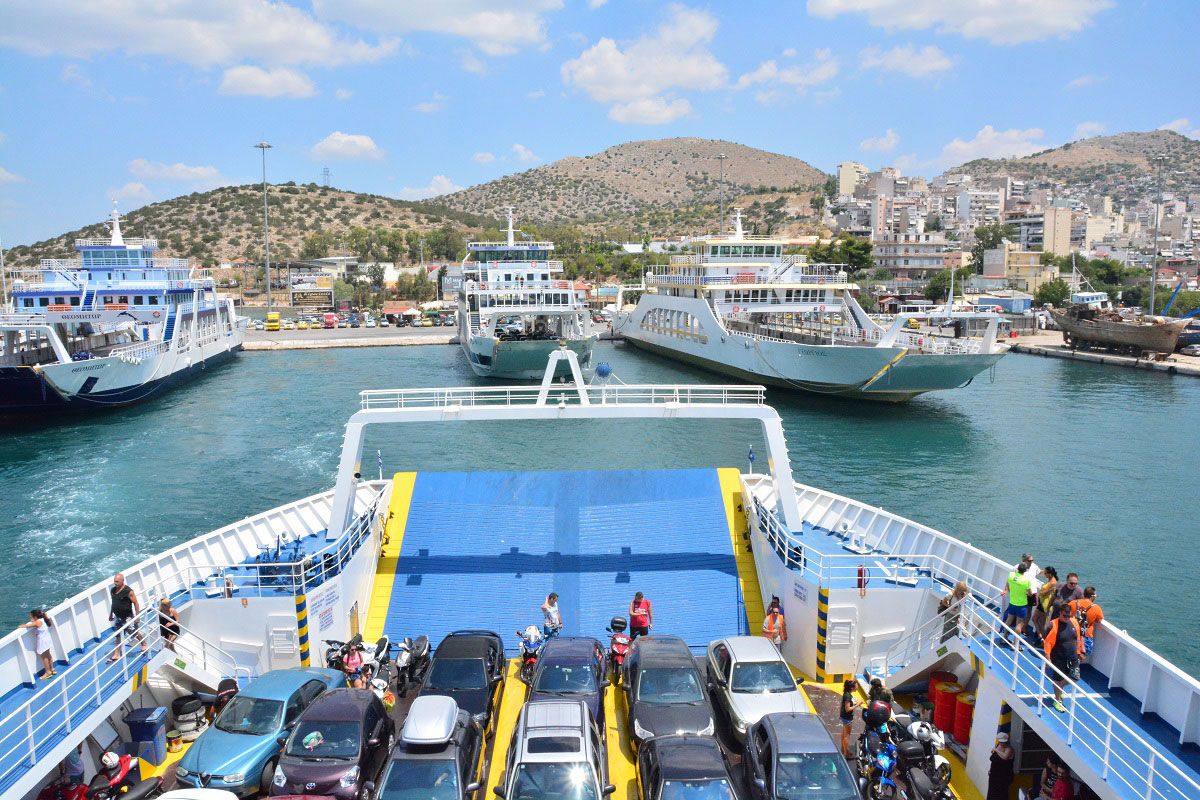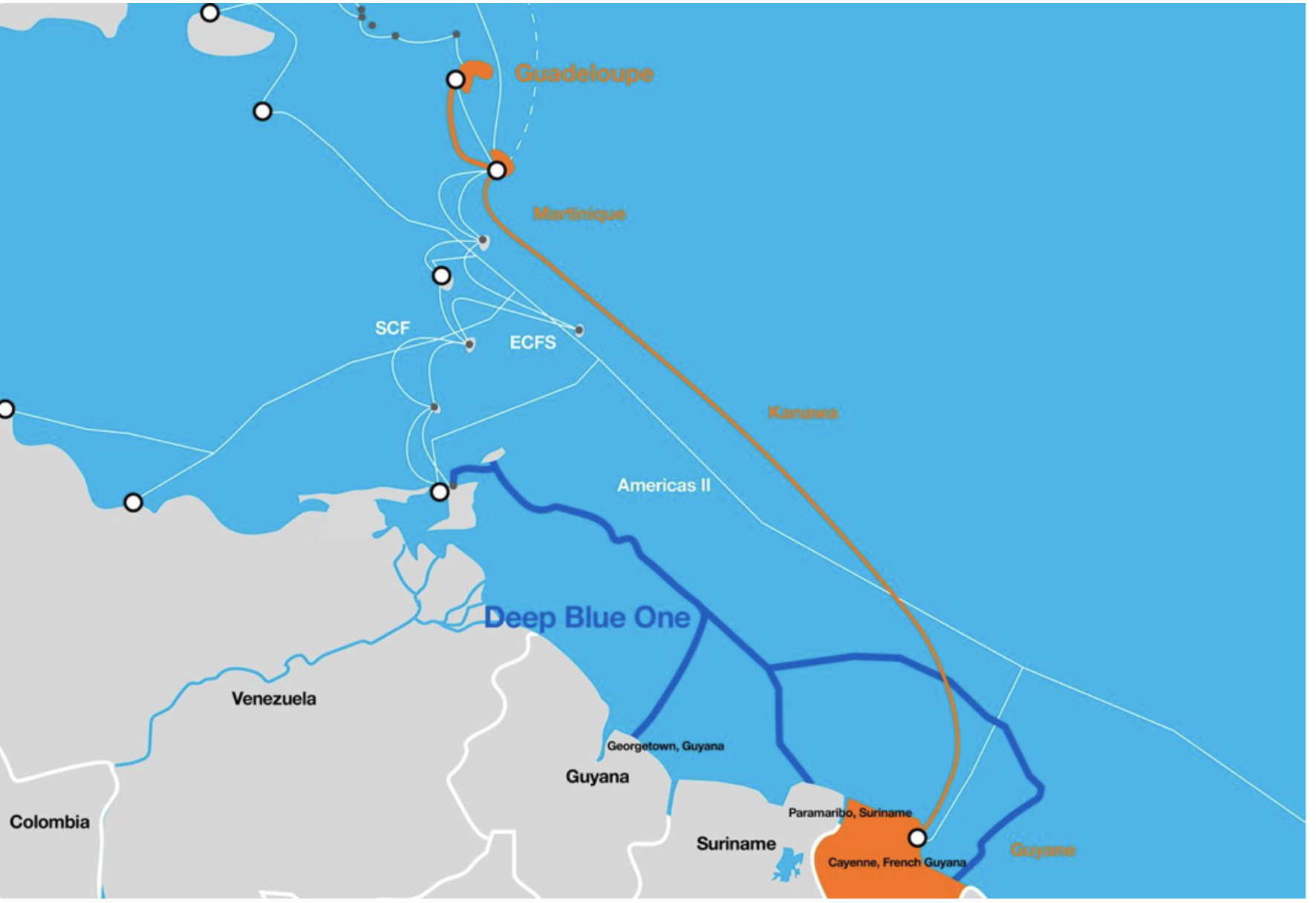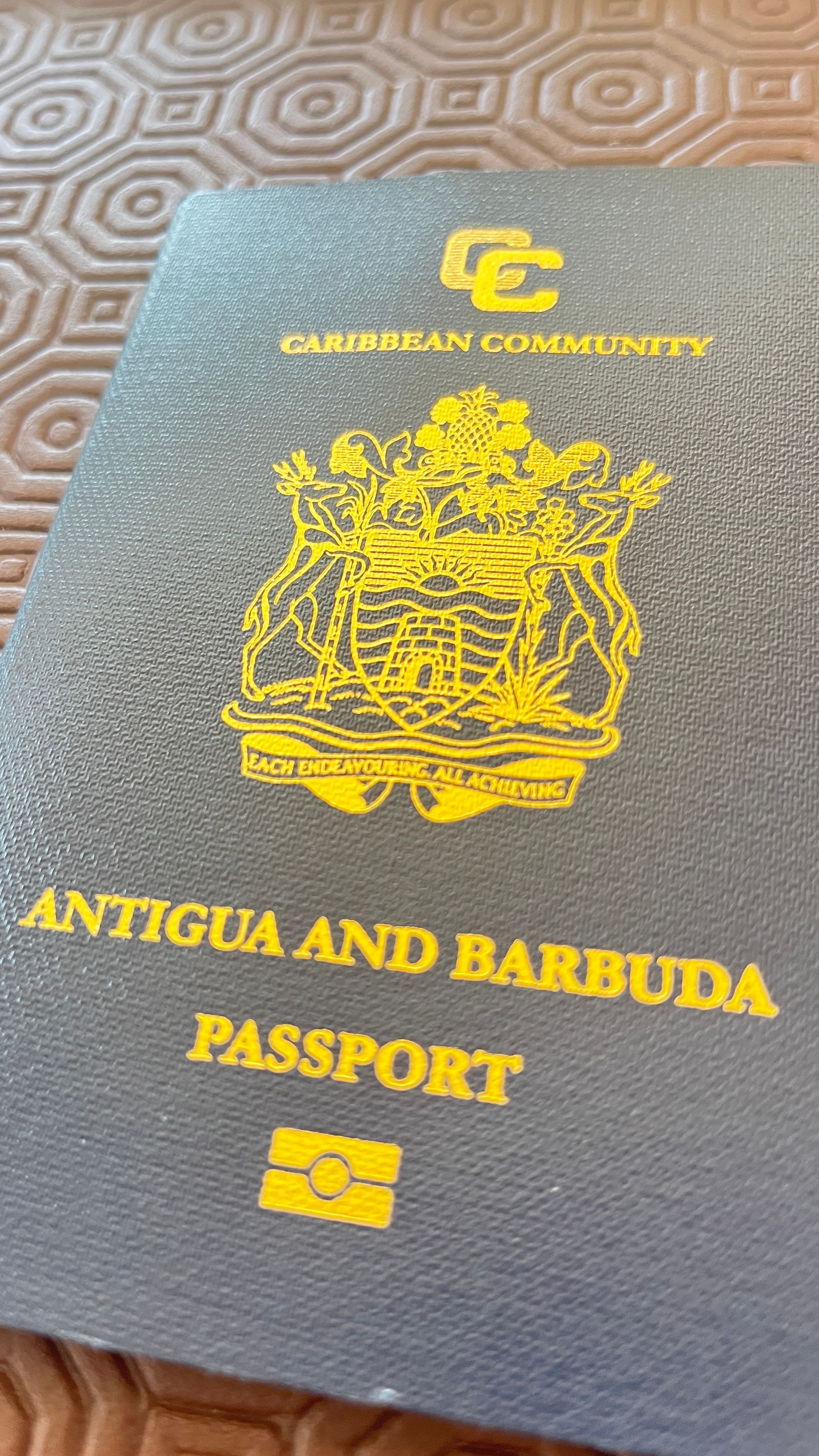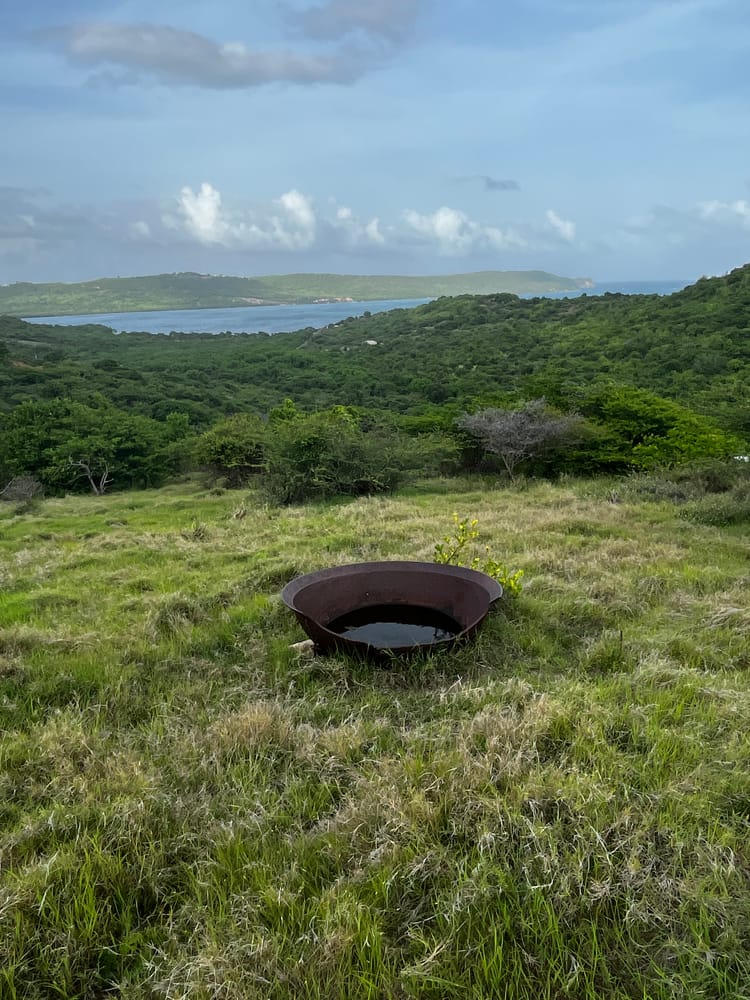CARICOM: Unlocking the Potential of Integration in the Caribbean Community

Prospects for a Prosperous and Integrated Caribbean Community
I have always held a strong desire to witness the success of CARICOM, and one aspect I have longed to see is a comprehensive regional economic and social policy. This includes a regional approach to tourism promotion. I know we have the Caribbean Tourism Organization (CTO), but I have never been anywhere abroad and seen the region promoted as a whole. Perhaps each country is so unique it's too difficult to aggregate tourism marketing. In the EU and US, every city, state, and town market their tourism separately. There is some nationalism in how we showcase our special paradise.
Additionally, my love for Caribbean cuisine extends to savoring our delectable foods – like St. Lucia's Ansel La Raye fish party on a balmy Friday night, Trinidad's doubles with "plenty pepper" after a night of raucous liming, Jamaica's jerk chicken at the road-side Faith Pen street food stop, Guyana's never-ending pepperpot, Barbados' proud cassava pone, or Antigua's aphrodisiac-claimed goat water, to name a few. For me, Caribbean integration encompasses incorporating its diverse cultures alongside economies.
The woeful absence of affordable and abundant regional transportation has left a thorny trail, impeding the march toward regional harmony. On one visit to Antigua, I had to travel from Puerto Rico's hurricane-wrecked airport terminal with few food and beverage establishments and no air conditioning on the side with flights to the islands. Then I had to fly in a bucket-of-a-plane to Antigua. I wanted to visit friends on other islands but abandoned the idea for a lack of travel options.

I firmly believe that by establishing affordable sea ferry and air travel opportunities (ideally both so there would be competition and options for commerce and personal travel), we can stimulate greater trade and foster an increased movement of people—labor, tourists, businesses—ultimately fostering deeper mutual understanding and commerce. Such transport has to be subsidized or given incentives to investors. The region's population size and income levels are just too small to make it consistently profitable.
I was reminded of this practical inducement towards harmony a few years ago as I ferried easily among the Greek isles, sometimes with a vehicle. See the link below to that article about my Greek travels. This interconnectedness would also enable us to delve into each other's histories, cultures, foods, and festivals more intricately.
The costs that politicians would bluster on about as too high to allow such implementation would be reimbursed in the long run by the businesses and social cohesion such connectivity would initiate, plus the bonus of actual integration. Imagine driving your car to a ferry port in Grenada and driving it off the same vessel in Dominica a few hours later, all covered by regional auto insurance and car registration database. Imagine box trucks with drivers moving food products and manufacturing goods among the islands.

“Deep Blue Cable has great confidence in TE SubCom and its ability to build a state-of-the-art subsea cable system that will provide long overdue advanced connectivity across the Caribbean islands and to the Americas,” commented Stephen Scott, CEO of Deep Blue Cable. “The Deep Blue cable system will play a critical role in serving developing Caribbean countries that are now experiencing a surge in demand for advanced telecom services and currently rely on fibre-optic connectivity that is technologically and economically disadvantaged.” Source: ElectronicSpecifier
Furthermore, I advocate for enhanced accessibility to each other's local television stations through the regional fiber optic network, offering a glimpse into our diverse ways of life and diminishing our reliance on external, often harmfully culturally eroding influences. This should be on the agenda of politicians responsible for film and media in meetings with regional telecommunications companies. I want to watch a Surinamese-produced soap opera while sitting on my Trinidad-produced sofa in St. Vincent.
I would still advocate for quotas on audio-visual services from North America in the Caribbean. Their influence and value culture is destructive to our Caribbean values, and we should protect our people. They have too much gun violence, which they believe is necessary because of their history. Why should the Caribbean adopt this gun and gang culture when we do not have to fight to keep possession of stolen lands as they do?
However, for the golden jubilee celebrations, I will focus on the conventional topic of economic integration.

CARICOM promotes and supports a unified Caribbean Community that is inclusive, resilient, competitive; sharing in economic, social and cultural prosperity.
The Caribbean Community Agreement, commonly known as CARICOM, has been an ongoing endeavor to promote regional integration among fifteen Member States and five Associate Members. While CARICOM has displayed good intentions, it has faced significant obstacles and has been slow to realize its full potential. I will delve into the background of CARICOM, explore the revised treaty, analyze the challenges hindering its progress, and present potential avenues for a prosperous and integrated Caribbean community.

The Birth of CARICOM: Origins and Objectives
CARICOM was established in 1973 with the signing of the Treaty of Chaguaramas. The primary objective was to foster economic integration and cooperation among member states, aiming for the free movement of goods, services, and capital. The overarching goal was to create a unified market and economy within the Caribbean region—The Caribbean Single Market and Economy (CSME)—we love complicated acronyms. Likely, it makes us feel extra intelligent!
In 2000, CARICOM significantly revised its treaty, reinforcing its commitment to regional integration. This was my first foray into trade negotiations since I was on the team responsible for Chapter 7, Disadvantaged Countries, Regions, and Sectors. This revision introduced key elements such as the free movement of people, goods, and services and intellectual property rights protection.
Challenges and Roadblocks to Integration
Despite the commendable progress made by CARICOM, several challenges have impeded its path toward full integration. One notable obstacle is the limited scope of integration in crucial areas such as investment, social security, pensions, health insurance, trusts, and wills. The absence of comprehensive integration in these domains hampers the seamless functioning of a unified Caribbean market.
A quick comparison between the European Union and CARICOM provisions reveals some shortcomings on the CARICOM side.
While the European Union (EU) and CARICOM share the objective of regional integration, the EU has made significant progress in certain areas that CARICOM has yet to achieve fully. Here are some provisions of integration within the EU that are not currently available in CARICOM:
Economic and Monetray Union: The EU has established a single currency, the Euro, and implemented a common monetary policy. This allows for seamless economic transactions and facilitates trade and investment within the EU member states. In contrast, CARICOM does not have a common currency, and each member state retains its individual currency. The Eastern Caribbean States' currency among the eight members' common currency is commendable here.
Schengen Area: The EU has created the Schengen Area, comprising 26 member countries that have abolished border controls between them. This allows for free movement of people across the area without the need for passports or visas. In CARICOM, while progress has been made in facilitating the free movement of people, there are still requirements for passports and visas when traveling between some member states.
Harmonization of Laws and Regulations: The EU has undertaken extensive harmonization of laws and regulations across member states, ensuring a unified legal framework for various aspects such as trade, consumer protection, competition, and intellectual property rights. CARICOM has made efforts towards harmonization since I worked for the region 20+ years ago but is yet to achieve the same level of legal integration as the EU.
Common Agricultural Policy: The EU has implemented a Common Agricultural Policy (CAP) to promote agricultural productivity, ensure food security, and support rural development. The CAP includes subsidies, price supports, and other measures to stabilize agricultural markets and income for farmers. I negotiated for the region on many of these policies in the WTO. The challenge was that CARICOM had not established a comparable common agricultural policy. It's still heavily classified as a group of Net Food Importing Developing Countries (NFIDCs).
Social Security and Welfare Systems: The EU has harmonized social security and welfare systems, allowing for coordinating benefits and rights for citizens who move within the EU. This ensures that individuals can access healthcare, pensions, and other social services even when residing in a different member state. CARICOM is still in the process of developing comprehensive integration in areas such as social security and welfare.
It's important to note that while the EU has achieved greater integration in these areas, CARICOM is a much younger organization and has made progress in several aspects of regional integration. Remember also that it was EU countries that colonized and looted CARICOM countries. That dominance and asymmetry in the relationship continue today giving the EU a headstart. Notwithstanding, CARICOM continues to work towards strengthening its integration efforts and overcoming the challenges it faces in order to enhance the benefits for its member states and their citizens.
Furthermore, socioeconomic conditions within member states pose significant challenges. Many ordinary citizens grapple with economic disparities and inadequate access to essential services, undermining their enthusiasm for regional collaboration. Individuals' pressing needs and immediate concerns often take precedence over supporting integration efforts. Concerns include how people deal with inflation, often imported from a global north country, labor protection laws, and political graf that misappropriates already limited resources without giving back to the country.
Prospects for a Prosperous and Integrated Caribbean Community
Opinions on CARICOM's progress are varied among experts and the general public. Some assert that successful integration requires not only political commitment but also the establishment of robust institutional frameworks. It is crucial for CARICOM to address issues of corruption, ensure efficient governance, and create an enabling environment for businesses to thrive. But, we are "independent" countries. Who wants to cede power and authority to non-nationals? I say this tongue-in-cheek when I see some islands hiring foreign police commissioners from Canada and the United Kingdom and many more dependency patterns outside today's topic.
Recognizing the importance of fulfilling citizens' basic needs, initiatives to reduce inequality and challenge lingering colonial mindsets are vital. Incentivize local people to invest. Welcome your diaspora instead of making their investment initiatives a nightmare. Pass policies and set a business environment that supports these aims. By addressing socioeconomic disparities and enhancing access to fundamental services, CARICOM can generate greater support for integration and its associated benefits. We used to have programs to teach the common man about the process when I worked for the government of Antigua and Barbuda. Enhance these with professional marketing agencies from the region.

The Future of CARICOM Integration
Despite the challenges faced by CARICOM, there remains a shared understanding that regional integration holds immense potential for the Caribbean. To unlock this potential, there must be concerted efforts to simplify administrative processes, minimize bureaucratic hurdles, and ensure the smooth movement of people, goods, and capital within the region. I should not need anything but my passport or birth certificate to work in any CARICOM country. Customs should never harass any citizen of CARICOM once they are not transporting contraband items. Freeing trade also means changing the mindset of regional Customs offices to border protection more than tax collection.
"Oh, what about security?" Concerns over security have often been raised as a barrier to free movement, but with advancements in technology such as facial recognition, artificial intelligence, cargo community systems, machine learning, and biometric passports, these concerns can be effectively addressed. Collaborative regional and international security initiatives can further strengthen the region's ability to manage migration efficiently while maximizing the benefits of integration. At least biometric passports are in place.
CARICOM is a crucial platform for fostering cooperation and integration among Caribbean countries. While progress has been made, it is essential to acknowledge the challenges that hinder further advancements. By addressing the concerns of ordinary citizens, enhancing governance structures, and streamlining administrative processes, CARICOM can create a more prosperous and integrated Caribbean community. The vision of a unified market and economy in the Caribbean is within reach, provided concerted efforts are made to overcome obstacles and unlock the true potential of CARICOM.
Sources:
[1] Source: The Caribbean Journal, "CARICOM Integration: Progress, Challenges, and the Way Forward," https://www.caribjournal.com/2023/06/30/caricom-integration-progress-challenges-and-the-way-forward
Sign up for less than the price of a good meal for 12 months of access to all my articles. Become a member so you can make and read comments by others. To learn more about the author, visit the About page, or connect on Linked-in.
Similar Articles












Member discussion